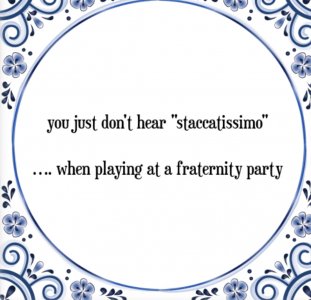That is not "the definition of détaché." The first sentence of your dime-store definition is actually called grand détaché in which "long bows" are used, which is but one type of détaché. And the last sentence in magic yellow type is horse shit.
And speaking of which, don't put too much stock in the accuracy of how sample libraries label things.
There are different types of détaché, and hybrids also. It can be connected (legato), long bows, not connected (a very light and almost non-existent stop), pushed (tenuto, portato), slow, fast, accented (martelé détaché hybrid, the intensity being indicated by the appropriate articulation symbol and context), et cetera. An on-the-string bowing that changes direction with each note, in forte, in 16ths where for example Q=144—which will be played in the lower third—is just as detaché as other types of détaché.
The base term for the bowing you're looking for is martelé. If you want something less aggressive, it would in essence be a light martelé a.k.a unaccented martelé, which is informally referred to by some string players as "staccato," depending on where you're at on the globe.
But really, staccato is more of a contextual, generic term that includes a range of short-ish lengths with a range of pointedness and bow scratch or lack of same. The bottom third gives you one effect; the top third gives you another, etc. There are also different types of "group staccato," but you can't sample those as single notes.
The most useful type of very short staccato would be sautillé, a spontaneous spiccato (that might be off or right on the borderline of off and on) that kicks in at 16ths right around Q=120 when the player centers the bounce point over the string. The problem is it you can't record just one note's worth. (I was a consultant on two sample libraries and on one of them it was one of our pre-test trials.) The best you can do to simulate it is to put the click at about 180 and ask for a conscious spiccato on 16ths on the bounce point. (N.B., "Spiccato is off-the-string, whether conscious or spontaneous). But if you want those notes on the string, they'll be martelé instead, full or light.
Bowing terms and generic articulation terms end up being a sort of mishmash in various admixtures of usage. How any given isolated note, figure, or whole passage is played at any given point all depends on the style, tempo, dynamic, overall intent, and whatever the conductor and concertmaster determine, but most of these decisions are pretty obvious when the music is well written. The terms don't enter into it much except when they have to.
These aren't all the details, but all the details would be a very long post.









